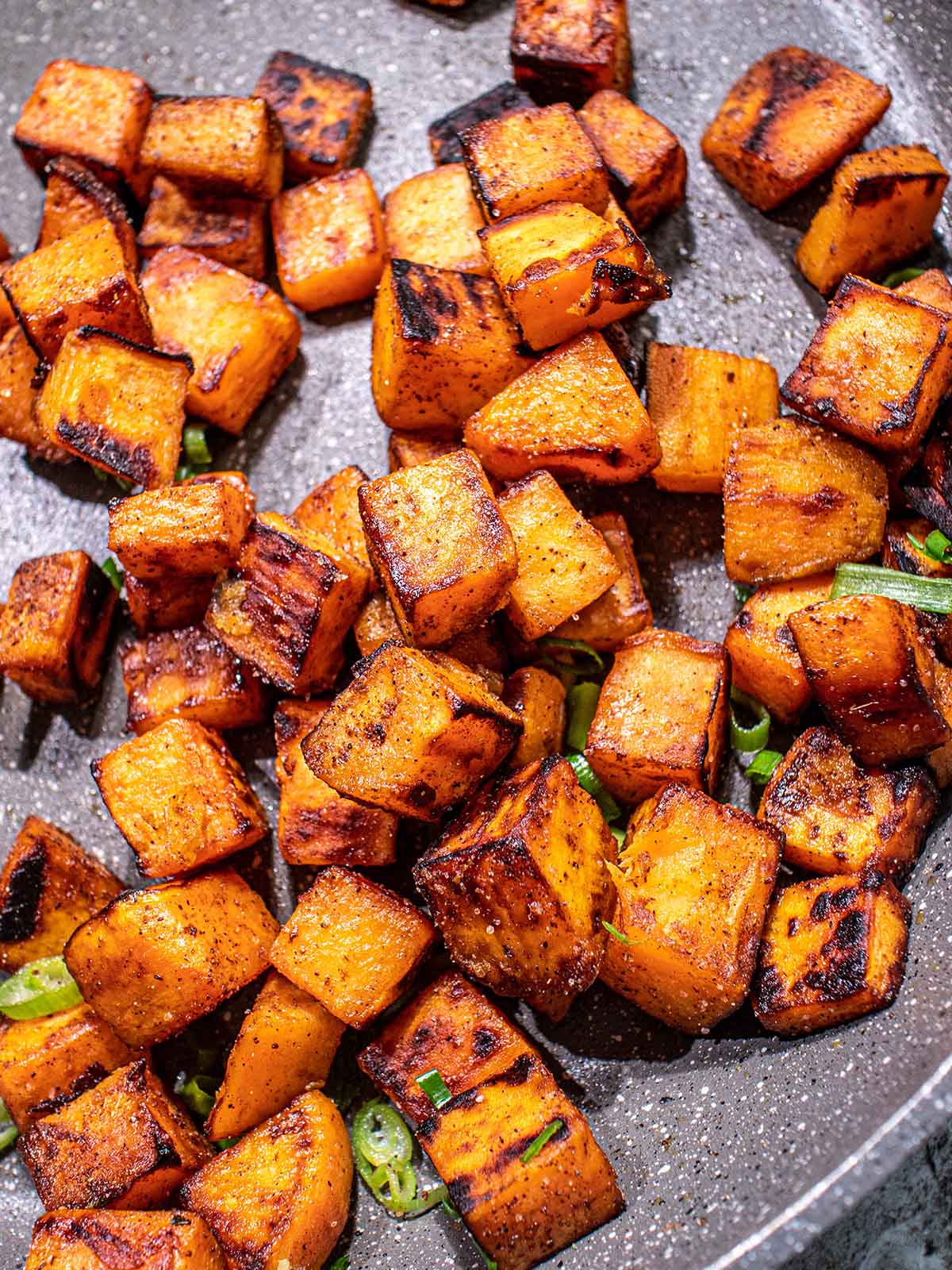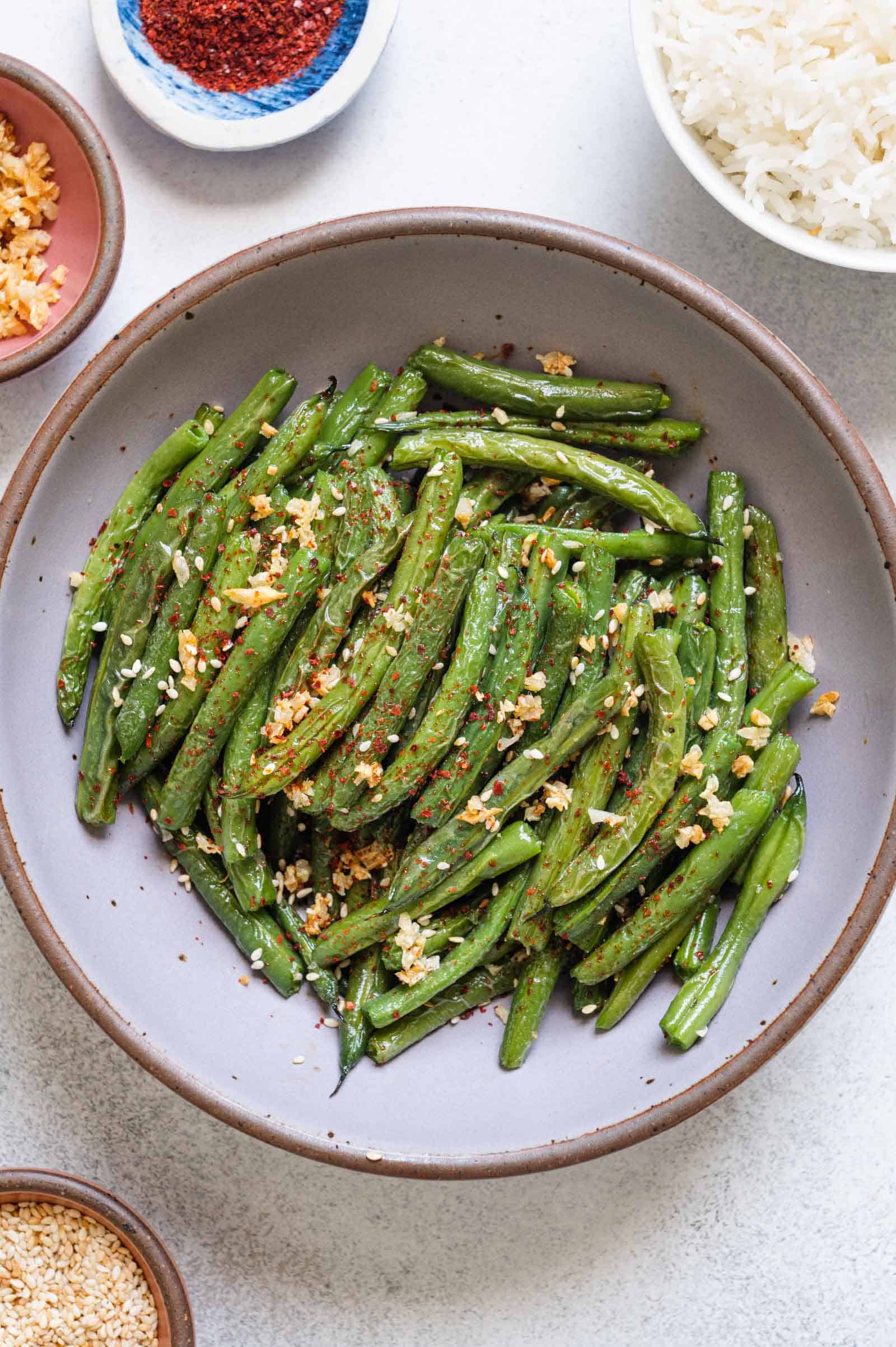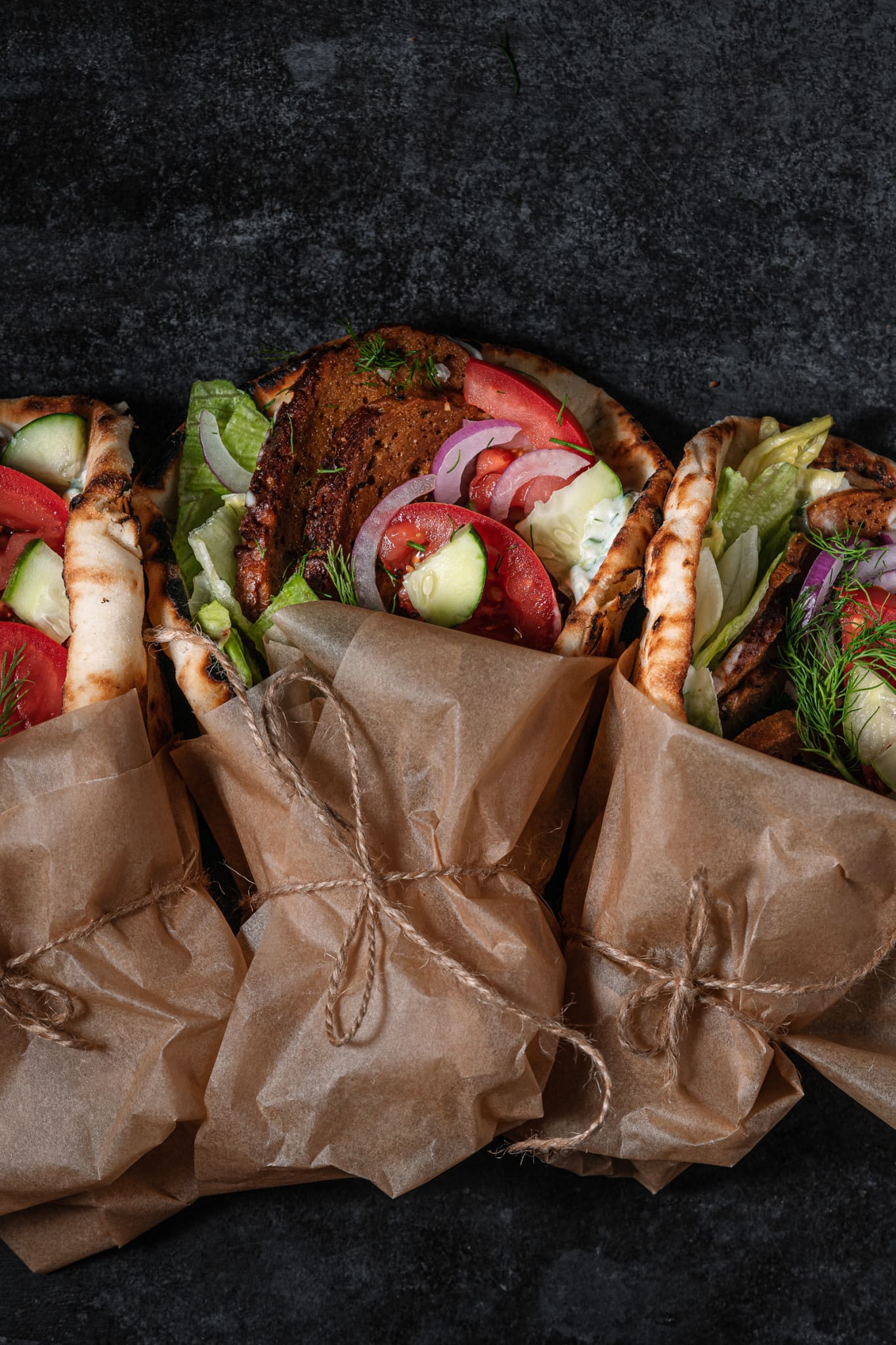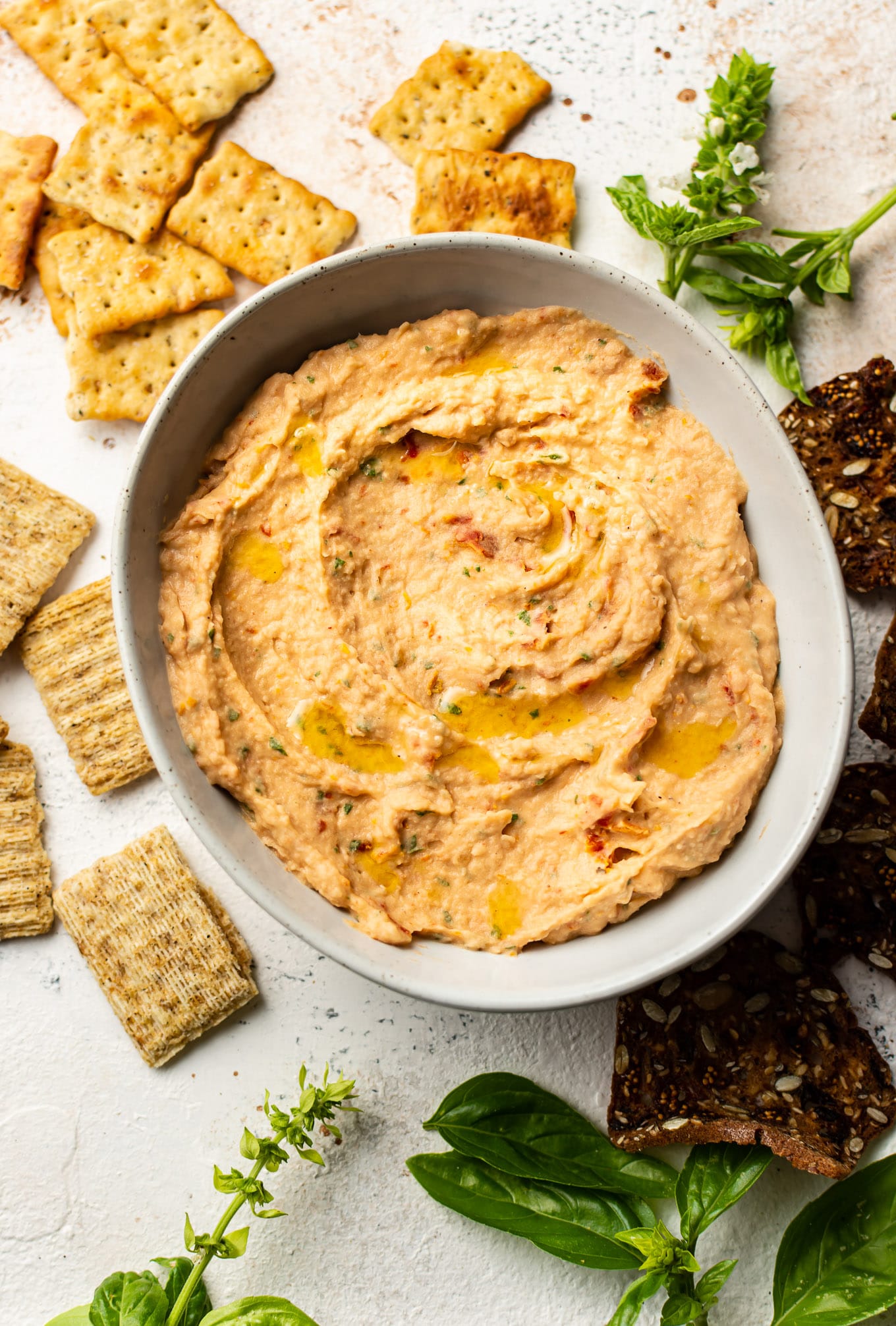Each week, I talk to my clients about the importance of SMART goals.
SMART is an acronym for small, measurable, achievable, relevant, and time-based. A lot of people in healthcare or coaching professions learn about them as part of training.
The idea is to encourage people toward small and realistic goal-setting. This generally has the result of making people feel more effective and empowered as those goals are achieved.
I don’t actually talk to clients about the acronym. Nor do I limit our work to SMART goals; some of my clients have big dreams and big goals for our work together and for their long-term well-being. I dream big with them.
What I do know is that a lot of people approach nutrition counseling with big objectives and sometimes far-flung targets that make the work harder, not easier.
Some examples: aiming to eat only homemade food, when in fact a job or a lifestyle circumstance makes cooking so much as two dinners weekly difficult. Adopting a new eating style overnight, rather than moving toward it progressively. For my clients who wish to lose weight and can do so safely, setting aggressive weight loss goals, rather than reasonable and sustainable ones.
Clients in recovery do this, too. They bring all of their ED perfectionism to our work, hoping to achieve recovery all but overnight.
I remind them that the goal of recovery is not to be “good” at recovery. Even when time is of the essence medically—that is, things need to start changing quickly—recovery isn’t a race. It takes time for transformation to happen, for a person to step into a healed identity. And that’s what recovery is all about.
Anyway, this is all a long preamble to saying that I live in the world of talking about and teaching self-compassionate, gentle goal-setting. So it’s amusing, not to mention a little crazy-making for me, that I am so incredibly bad at applying this skill to my own life.
The past two weeks are basically a thread of examples of my questionable ability with SMART goal setting.
It’s been the worst at work. I wake up each morning and do the opposite of what every productivity-themed self-help book has ever taught me, which is to make an unrealistically long and un-purposeful to-do list.
Then I feel bewildered at the end of the day when I’ve inevitably done only a tiny fraction of what I thought I would or could do.
Lately, in the excitement around being in a new neighborhood, closer to more friends and more fellow yogis, I’ve also been over-scheduling my weekends.
I plan to do my meal prep, catch up on all of the work things I didn’t get to between Monday and Friday, monitor my ED clients, see my mom, see my friends, get to yoga, unpack, and write this weekend reading post.
Then I feel shocked when Sunday night arrives and only a small portion of these activities has actually unfolded.
I’m trying not to feel bad about this, but rather to observe it with amusement, since it’s the very tendency that I caution against so often when I’m in a professional role.
I’m also reminding myself that I’ve oriented the past two years of my life around the intention to live more and do more, overthink and isolate less.
But I do see that, when I fall into a habit of taking on more than I can handle, it amounts to some self-sabotage-y behaviors: being late for things, forgetting about tasks that need my attention, feeling rushed and overwhelmed to a degree that drives up my stress.
Yesterday, after my yoga teacher made a point to us in class about the importance of small efforts and simply trying one’s best, I felt a new commitment to scaling back and recommitting to my own SMART goals.
Mind you, I’m not really sure what these goals will be; I just know that I need to start thinking on a different scale about what’s actually measurable and achievable for me.
In the meantime, yesterday I practiced the skill of letting go. I prioritized stuff that felt fun and restful—yoga, a monthly wine class where I’ve made new friends, a FaceTime call with a friend to make some plans for early September, and reading a book—and I let go of the rest.
I reheated leftovers and didn’t meal prep. I postponed writing this post. I didn’t hit my daily target (which is actually quite reasonable) of unpacking two boxes.
Oh well.
This whole business of learning to be flexible and adaptable, gentle and humorous with the self—it shouldn’t be this hard, right? But for those of us who’ve lived within and struggled with identities that are overly controlled or rigid, it really is a journey. A long and humbling journey.
I feel lucky to be at a place where I can work on it with a light heart, laugh at myself, and then tell you all about it in writing.
A day later than planned.
Happy Monday, friends. Here are some recipes and reads.
Recipes
Five spice spiced sweet potatoes, yum.
I need to add these green beans to the list of things I try preparing in my air fryer.
I love gyros and have been hoping to make more homemade seitan lately—Liv’s recipe is perfect.
A creamy sun-dried tomato and basil white bean dip for late summer.
Love Emma’s simple stir fry recipe, and I can relate to some of her musings, too: I don’t eat in a particularly adventurous or creative way these days, either!
Reads
1. I thought that this was a very touching account of sibling estrangement and repair.
2. Researchers have presented some new findings in the past decade or so about the long-term effects of endurance athletics on the heart. In short, there’s some evidence to suggest that endurance athletes have higher coronary artery calcium (CAC) scores, and higher CAC scores are associated with a higher risk of cardiac events.
Yet the findings are complicated, as so much health research is. Alex Hutchinson offers an update on the state of this inquiry.
3. I love Emma Eun-joo Choi’s ode to Old Bay.
4. Also via NPR, I found this article informative and helpful. There are some ableist tropes in my own vocabulary, and I know have some consciousness around them and their origins.
5. A study published in BMC medicine indicates an association between vegetarian and vegan diets and an increased risk of hip fracture among women.
This article sums up some of the findings, and here’s a quick recap:
- Vegetarianism and veganism, but not occasional meat-eating or pescatarianism, was associated with an increased risk of hip fracture in a large cohort of UK women, ages 35-69.
- Some of this result was attributed to the fact that the vegetarians in the study had, on average, a lower BMI than the regular meat-eaters. Bone mass, fat mass, and muscle mass, all of which contribute to higher BMI, has each been inversely associated with the risk of hip fracture. All play a protective/cushioning roll against the impact of falls, which are the most common cause of hip fracture in older adults.
- Some of the results were also attributed to the vegetarian group’s lower average intake of protein, Vitamin D, and Vitamin B-12, all of which are associated with bone health. This particular study found similar calcium intake among vegetarians and meat-eaters.
- When results were adjusted to account for these confounders—BMI and bone-protecting nutrients—it still seemed that the vegetarian and vegans (who were grouped together) had an increased risk of hip fracture as compared with the meat-eaters. This suggests that there may be another dietary or lifestyle factor involved. The authors suggest supplemental sources of nutrients like Vitamin D as well as the fact that vegetarians and vegans tend to have lower circulating levels of insulin-like growth factor-1 (IGF-1). IGF-1 is negatively associated with fracture risk.
I’m summing this up carefully because I work with a lot of vegan and vegetarian women who are concerned about bone health through the life cycle. I’m also a vegan with an anorexia history, which means that bone health is top of mind for me as a nutritional priority.
My main takeaway from the study is that protein intake is key. Again, calcium intake was similar in the plant-based and meat-eating groups in this study. Protein, Vitamin D, and Vitamin B-12 intake, however, were all lower among vegans and vegetarians. Adequate protein intake has been shown to play a critical role in protecting the bone matrix.
I never expected to become a vegan dietitian who nagged my clients about protein intake all the time. But I was also surprised to find, when I started practicing, that 90% of my vegan and vegetarian clients were consuming less than the recommended 1g protein/kg body weight per day for adults.
Loosely translated, that recommendation means aiming to consume just less than half of one’s body weight in pounds in grams of protein daily—say, 80-85 grams per day for an adult woman weighing 170lb.
Adequate protein intake as a vegan or vegetarian is totally achievable. For new plant-based eaters, it just means devoting extra thought and care to sourcing protein and pairing protein-rich foods together.
Another takeaway from this study: appropriate supplementation of Vitamin-D and Vitamin B-12. In my experience, many vegans and vegetarians are savvy about this, but it’s something to discuss with a provider or read up on if you’re new to eating a meatless diet (check out more on Vitamin D here and B-12 here).
Also, maintaining a non-underweight BMI is important. A slightly higher BMI starts to play a protective role for our health as we age, and this study points to some of the reasons why that’s the case.
And finally, weight-bearing exercise also helps women to protect their bones—that’s true for vegans, vegetarians, and meat-eaters alike!
OK, friends. Speaking of smart (and SMART) goals, it was my goal to post a new recipe last week on the blog. It clearly didn’t happen, but I think I can make it happen this week.
It’s Monday, which is a day that I don’t see clients, and typically my habit is to try to pack as much as possible into eight-hours in an attempt to catch up on my non-RD life. I’ll take it a little easier today and see what happens.
xo
You might also like
You may have heard that Google Maps just pulled an experimental feature that told users how many calories they’d burn if they walked to a destination instead of driving. The feature was intended to promote exercise and greater awareness of energy balance, but pushback from eating disorder treatment professionals—as well as troubled consumers—turned the tide. The app not only showed the caloric deficits associated with walking, but it also framed these deficits in terms of food: for example, it would inform users that…
A couple weeks ago, a client and I were talking about eating disorder recovery. Specifically, we talked about the very human, relatable part of us that hopes for healing to be prompted by some sort of epiphany or answered prayer. I thought back to this post. When I wrote it six years ago, I was remembering being pre-contemplative about ED recovery. I looked back on those years in my twenties when I wanted to want to recover, but didn’t actually want to recover….
Happy Saturday! Hope you’re all staying warm and settling easily back into the swing of things after the winter holidays. I had a busy back-to-work week and am looking to catch up on cooking, blog brainstorming, and menu planning for the week ahead this weekend. Here are some of the recipes and images that have been inspiring me. Recipes A little something sweet from Sarah of Snixy Kitchen: Ginger Tofu Pudding with Soy Milk Mochi and Kinako Black Sesame Puffed Millet Crumble. It’s…
Earlier this weekend I invited a friend and client to consider a mental exercise that helped me in recovery and continues to help me when I’m struggling to embrace the present. I asked her to imagine herself five or six decades from now, looking back on this moment. How would she be glad to have spent her time? What would feel like the most valuable experience to choose? I was encouraging her to honor a holiday weekend, which involved changes to her normal…







Leave a Comment